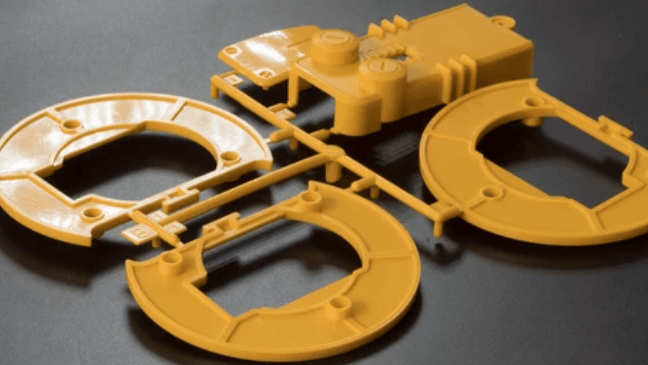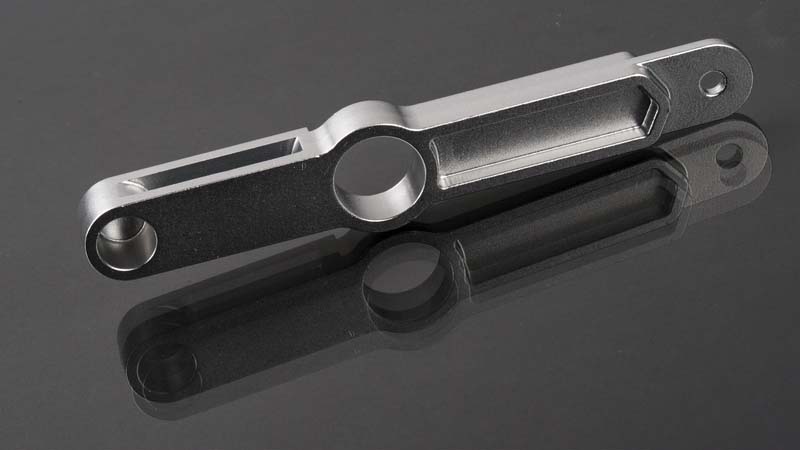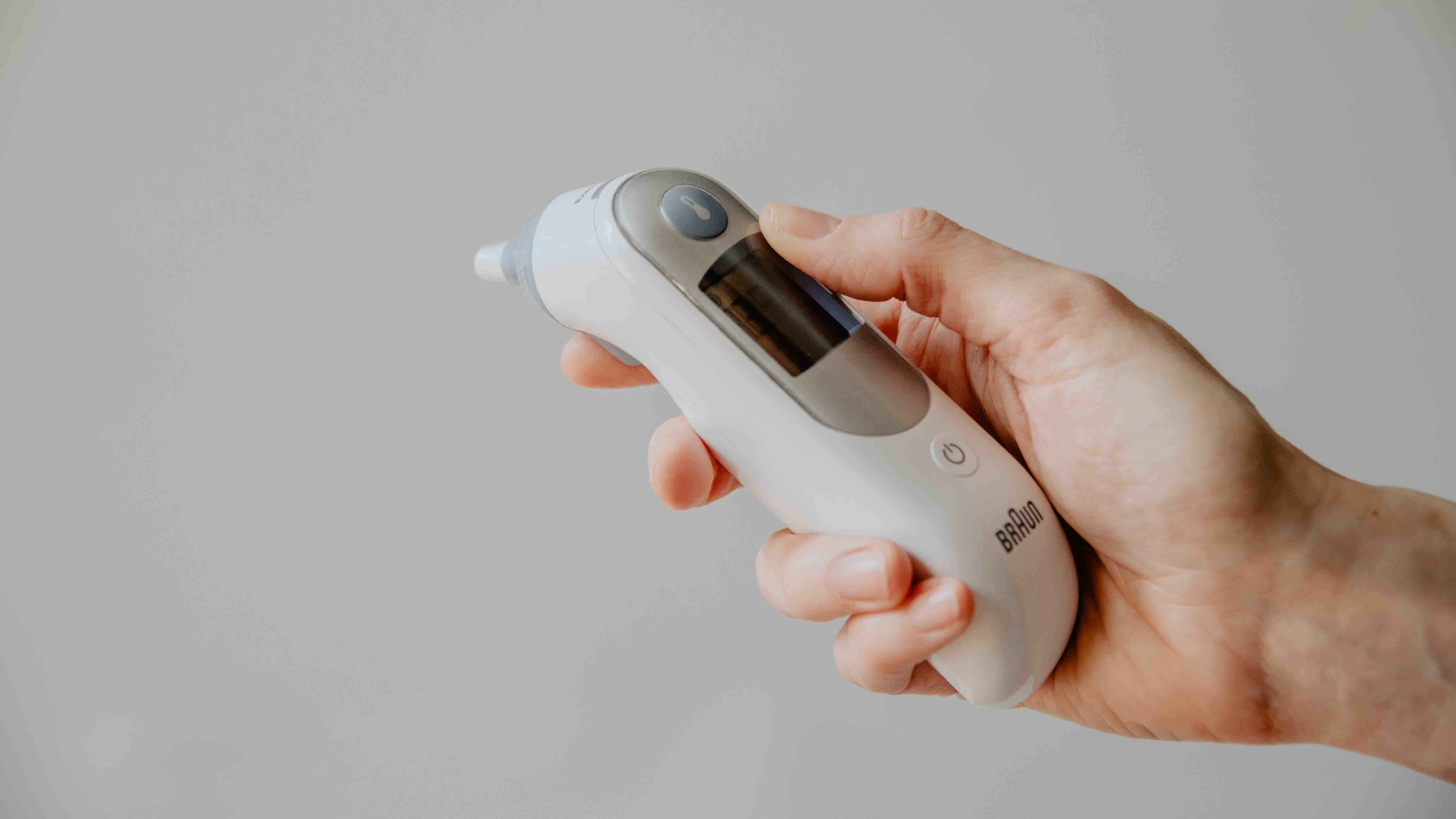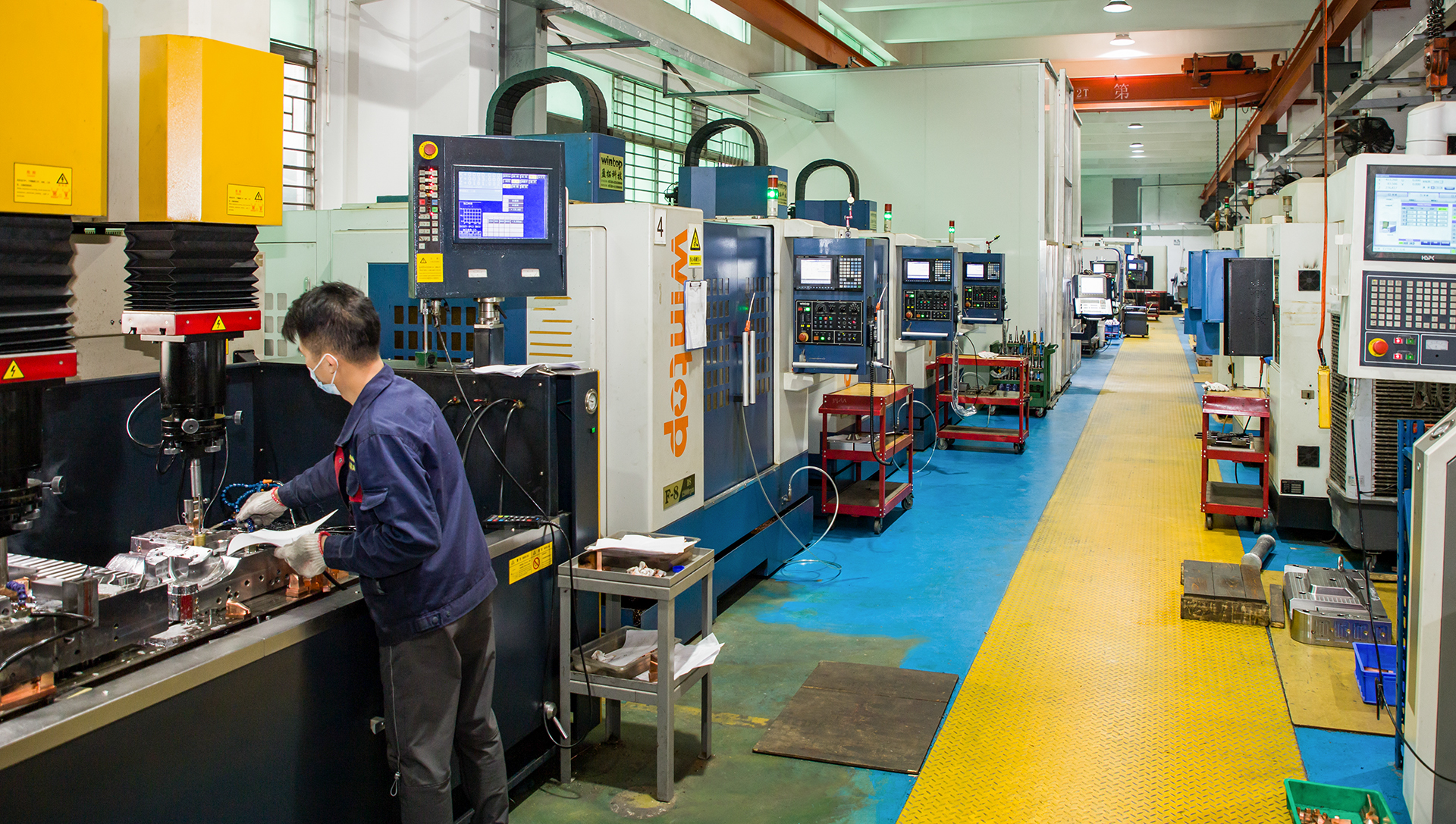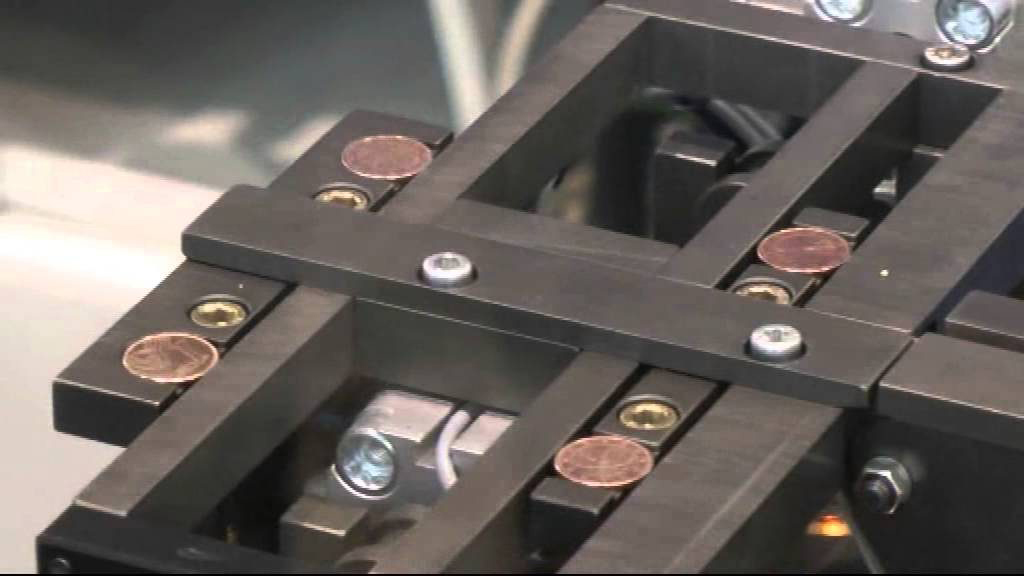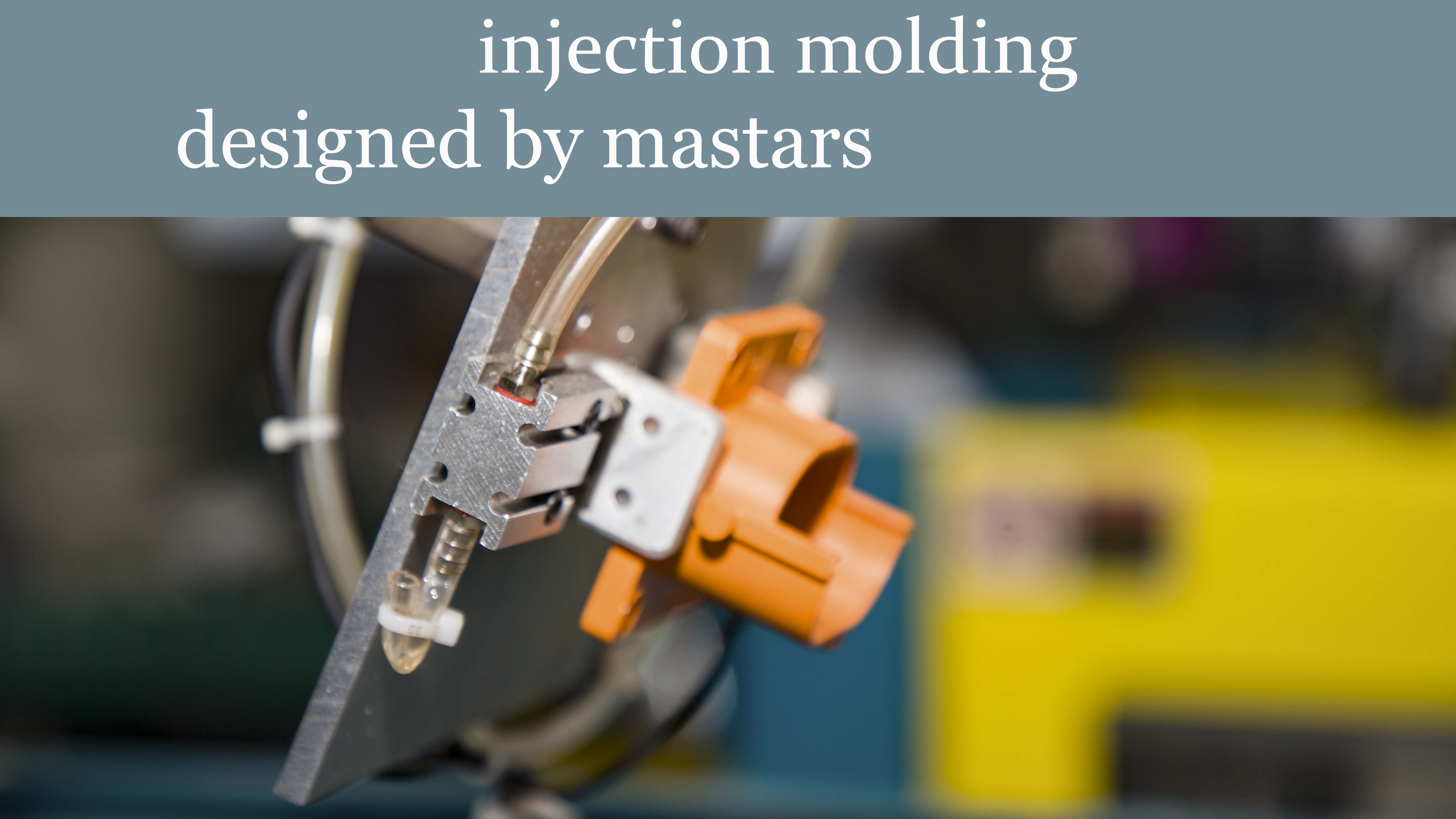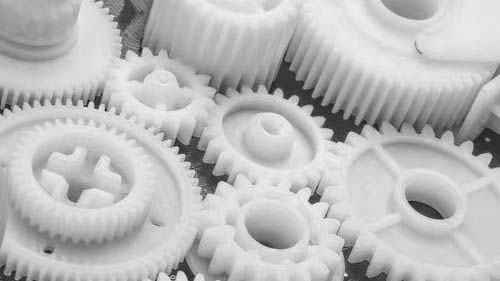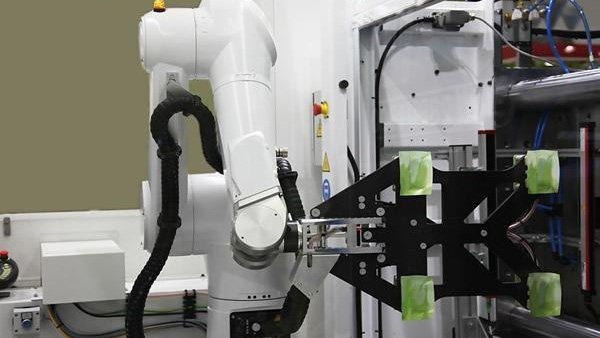Mastars(provide rapid cnc services,rapid cnc machining,rapid prototyping services.)When your business depends on plastic injection molded parts, Meiyu Tongrun is your best choice. We are an ISO 9001 certified manufacturer utilizing state-of-the-art 3D design, tool manufacturing, plastic injection molding and Robotics
Because of its high mechanical strength and good comprehensive performance, ABS plastics occupy an important position in the electronics industry, machinery industry, transportation, building materials, toy manufacturing and other industries. Especially for the slightly large box structure and load-bearing components, the decorative parts that need to be plated are inseparable from this kind of plastics. Based on years of practical experience, the author makes the following analysis on ABS plastic injection molding process.
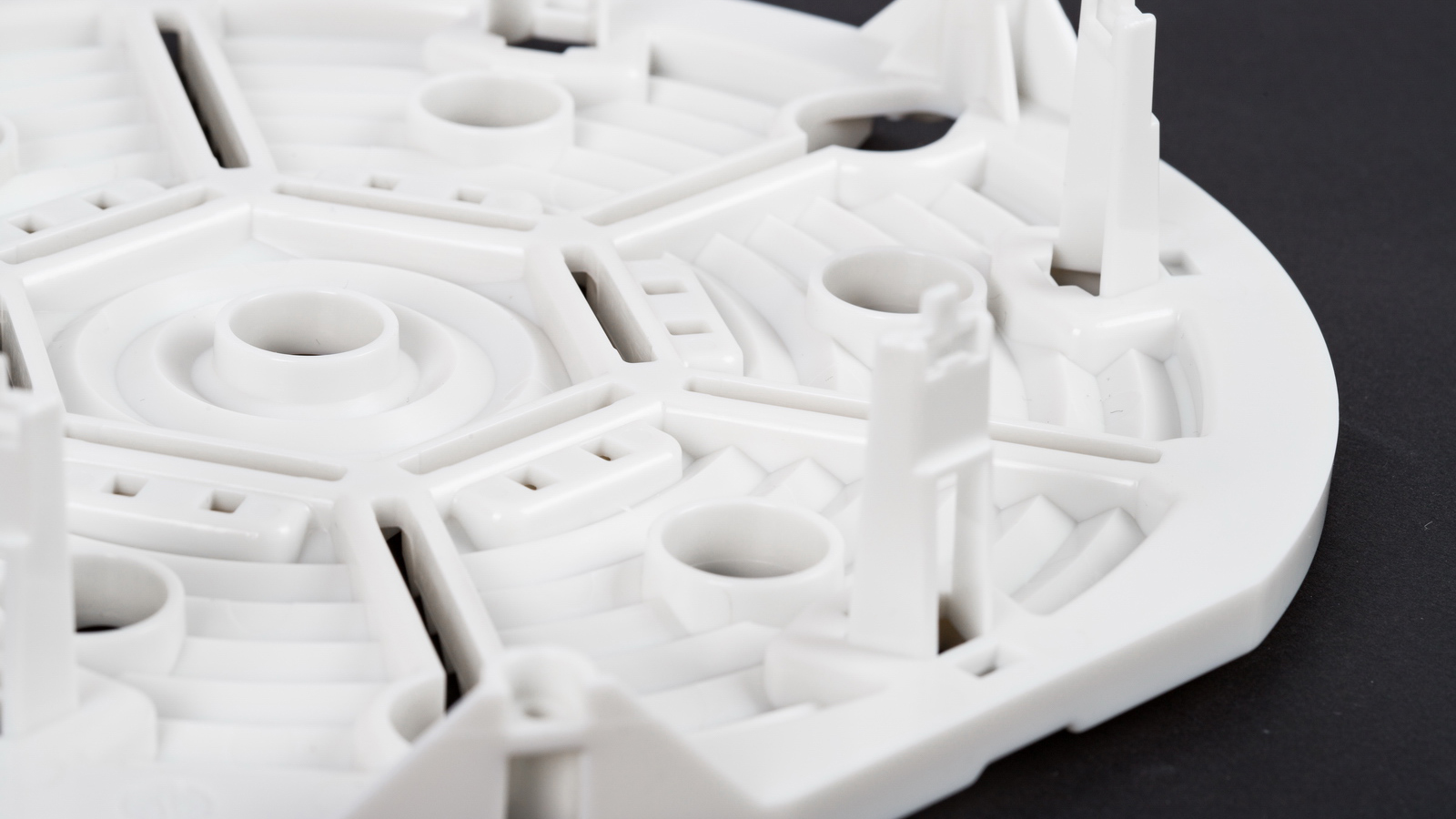
(1) Drying of ABS plastic ABS plastic has great hygroscopicity and sensitivity to moisture. Sufficient drying and preheating before processing can not only eliminate the fireworks like bubbles and silver wires on the surface of the workpiece caused by water vapor, but also help to plasticize the plastic and reduce the color spots and moire on the surface of the workpiece. The moisture content of ABS raw material shall be controlled below 013%. The drying conditions before injection molding are as follows: in dry winter, the temperature is below 75 ~ 80 ℃ and the drying time is 2 ~ 3H. In rainy summer, the temperature is 80 ~ 90 ℃ and the drying time is 4 ~ 8h. If the workpiece needs to achieve particularly good gloss or the workpiece itself is complex, the drying time is longer, up to 8 ~ 16h. It is often neglected that the existence of trace water vapor leads to fog spots on the surface of parts. It is better to convert the hopper of the machine into a hot air hopper dryer to prevent the dried ABS from absorbing moisture in the hopper again. However, humidity monitoring should be strengthened for such hoppers to prevent overheating of materials in case of accidental production interruption.
(2) The relationship between injection temperature and melt viscosity of ABS plastics is different from that of other amorphous plastics. When the melting temperature rises, the melting actually decreases very little. However, once the plasticizing temperature (the temperature range suitable for processing, such as 220 ~ 250 ℃) is reached, if the temperature continues to rise blindly, it will lead to the thermal degradation of ABS with low heat resistance, but increase the melting viscosity, make injection molding more difficult, and reduce the mechanical properties of the parts. Therefore, although the injection temperature of ABS is higher than that of polystyrene and other plastics, it cannot have a relatively loose heating range like the latter. For some injection molding machines with poor temperature control, when a certain number of ABS parts are produced, yellow or brown coking particles are often found embedded in the parts more or less, and it is difficult to remove them by injecting new materials into the air.
The reason is that ABS plastic contains butadiene. When a plastic particle is firmly adhered to some non washable surfaces in the screw groove at a high temperature and subjected to high temperature for a long time, it will cause degradation and carbonization. Since high temperature operation may bring problems to ABS, it is necessary to limit the furnace temperature of each section of the charging barrel. Of course, different types and compositions of ABS have different furnace temperatures. For example, the temperature of the plunger type boiler shall be maintained at 180 ~ 230 ℃; Screw machine, furnace temperature maintained at 160 ~ 220 ℃. It is particularly worth mentioning that ABS is sensitive to the changes of various process factors due to its high processing temperature. Therefore, the temperature control of the front end of the barrel and the nozzle is very important. Practice has proved that any minor changes in these two parts will be reflected in the workpiece. The greater the temperature change, the defects such as fusion joint, poor gloss, flash, die sticking and discoloration will be brought.
(3) Injection pressure the viscosity of ABS melt is higher than that of polystyrene or modified polystyrene, so a higher injection pressure is used during injection. Of course, not all ABS parts need to apply high pressure, and low injection pressure can be used for small, simple and thick parts. During the casting process, the pressure in the mold cavity at the moment of gate closure often determines the surface quality of the workpiece and the degree of silver wire defects. The pressure is too small, the plastic shrinks greatly, and there is a great chance of being out of contact with the cavity surface, resulting in atomization of the workpiece surface. If the pressure is too high, the friction between the plastic and the cavity surface is strong, which is easy to cause die sticking.
(4) Injection speed ABS material with medium injection speed has better effect. When the injection speed is too fast, the plastic is easy to scorch or separate out the gas, resulting in defects such as fusion joint, poor gloss and red plastic near the gate. However, in the production of thin-walled and complex parts, it is still necessary to ensure a high enough injection speed, otherwise it is difficult to fill.
(5) Mold temperature the forming temperature of ABS is relatively high, and the mold temperature is also relatively high. Generally, the mold temperature is adjusted to 75 ~ 85 ℃. When producing parts with large projection area, the fixed mold temperature is required to be 70 ~ 80 ℃, and the moving mold temperature is required to be 50 ~ 60 ℃. When injecting large, complex and thin-walled parts, special heating of the mold should be considered. In order to shorten the production cycle and maintain the relative stability of the mold temperature, after the parts are taken out, cold water bath, hot water bath or other mechanical shaping methods can be used to compensate for the original cold fixation time in the mold cavity.
(6) Material quantity control when ABS plastic is injected into the general injection molding machine, the injection quantity each time only reaches 75% of the standard injection quantity. In order to improve the quality and dimensional stability of the parts, and the uniformity of the surface gloss and tone, the injection volume should be 50% of the calibrated injection volume.
Mastars Industries CO., LTD
www.mastars.com
Email: marketing@mastars.com
Tel: +86 755-88210690
Mobile: +86 181 0029 4997
Add: Building 6,Blue Sky Industrial Park, Ditang Road, Shajing Town, Shenzhen City, Guangdong, China


